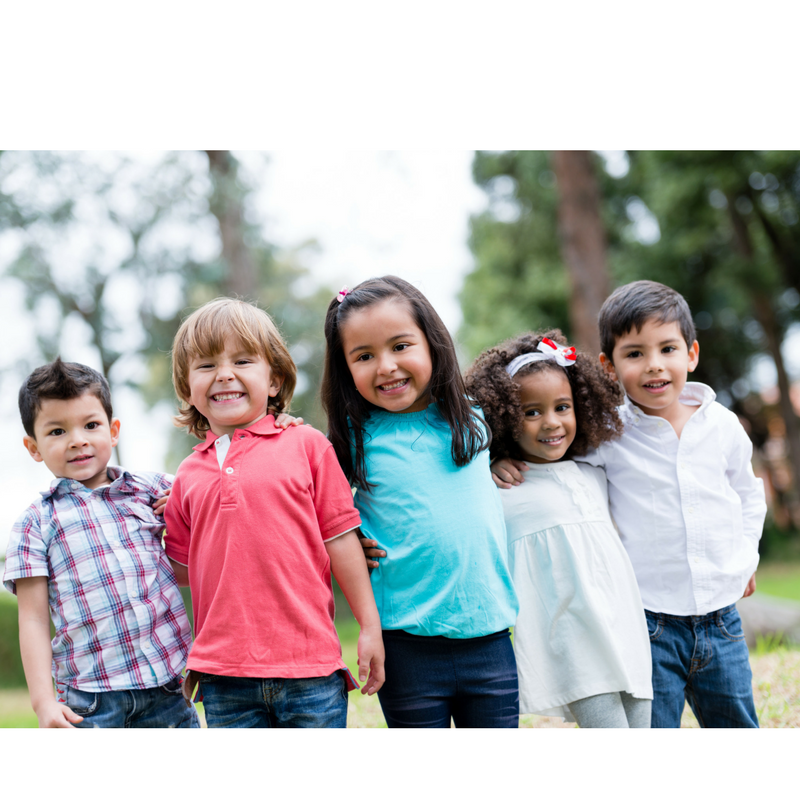Making a Difference for Refugees
A thematic course to guide educators in service-learning related to Refugees.
This step-by-step guide helps educators teach students about giving and responding to needs related to refugees in the community. Just like generosity is part of all aspects of your life, teaching generosity in community can be part of every aspect of teaching. We’ll show you how. This course is for the educator working in-school, after-school, with youth groups, or community foundation youth advisory committees.
This mini-course walks you and your students through the steps of connecting with others in community and taking action. We start with definitions and activities that explore the life of a refugee, and then guide you to investigate, plan, take action, and demonstrate a project and impact to a public audience. We suggest you first read through the whole course of four sections, then go back to the beginning and follow the “Do This with Your Students” steps at the top of each section. We also offer and introductory course, "Introduction to Giving and Making a Difference in Community."
After you complete the course on your own or after the step-by-step process with your students, take the quiz and get a certificate. Then look for the other mini-courses that guide teaching and learning through other specific issues or times of year.
You may return to this course again and again for reminders, clarification, and ideas.
After completing this course (about 45 minutes), the learner is prompted to take a four-question quiz based on the content. Upon successful completion of this quiz, the learner may request a certificate suitable for a professional development portfolio, or as proof of .75 educational clock hours that can be used toward continuing education credit in most states. Please contact your State Department of Education or school district for specific information. Documentation of the completed courses and copies of the certificate are stored under "My Account" of the Learning to Give website where the learner may access (and print) them at any time.
The learner will be able to:
- define refugee and identify needs of people new to a country, community, or school.
- define community as a group of people living in the same place or having a particular characteristic in common and/or a feeling of fellowship with others, as a result of sharing common attitudes, interests, and goals.
- take responsibility for activities in all stages of the service-learning process.
- practice constructive language of difficult conversations and show understanding for different perspectives and people who have different experiences
If we want youth to care about giving and community, we have to show them that their lives are related and intertwined with the lives of those around them. In this first section we define philanthropy and community and provide tools so you can teach your students about generosity and service related to refugees. You will learn to facilitate good listening and problem-solving skills as a group. For an overview of the rich and deeply researched Learning to Give website, take the course Introduction to Giving and Making a Difference in Community prior to completing the current course.
In Part II, we define refugee and look at lesson plans for any grade level to build empathy and understanding of the refugee experience. Learn about the Map Your Heartbreak activity as a tool for community-building and to help youth reflect on the interests and talents each brings to make the whole community better together.
In part III, before taking action outside of the classroom, use activities and discussions to develop a culture of caring and trust, as well as skills of communication and problem-solving. Learn tips to facilitate difficult discussions and encourage young people to seek opinions and ideas that might differ from their own. The goal of this section is to help your students engage in respectful conversations.
In the final section of the mini-course Making a Difference for Refugees, gain insight into the service-learning process, called the IPARD process. We give you some examples of service-learning projects related to refugees. The IPARD process is a guide, much like the STEM or process writing strategy that involves students in asking questions, making plans, and carrying out projects with reflection and demonstration. With the process in mind as a guide, you will be ready to facilitate your students as they lead and complete a service-learning project.
This quiz has four multiple-choice questions based on the mini-course "Making a Difference for Refugees." If you answer 75 percent correctly, you will have the opportunity to download a personalized certificate. You may revisit the course and retake the quiz, if desired. There is an additional...
